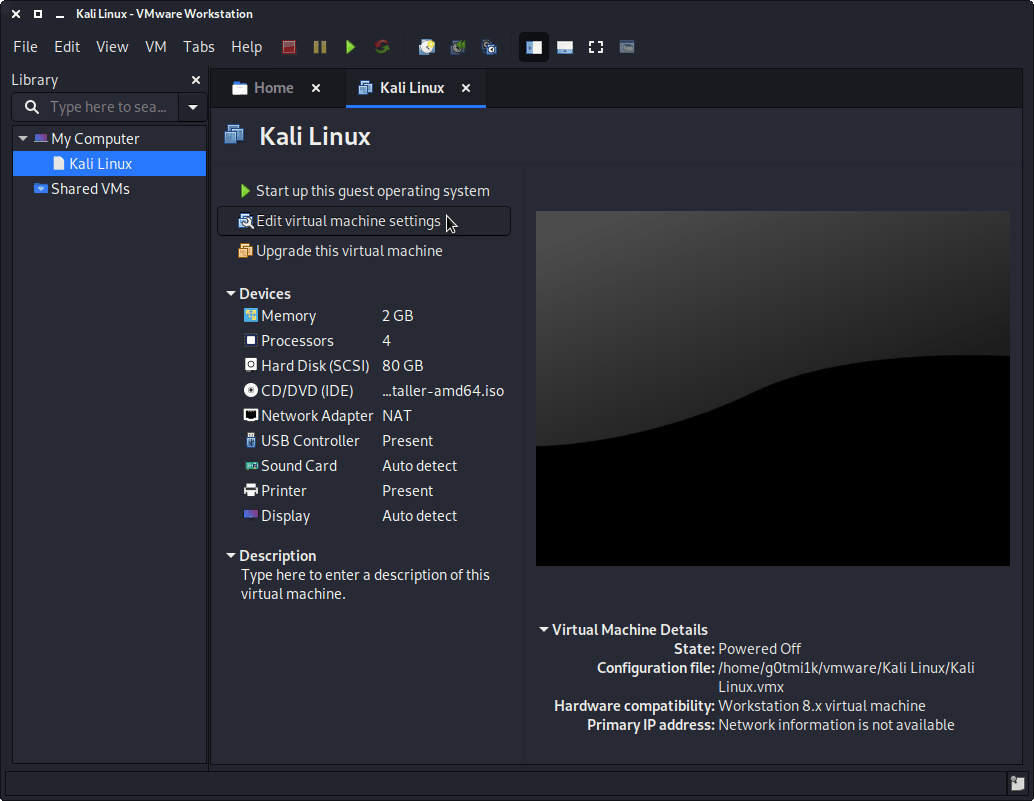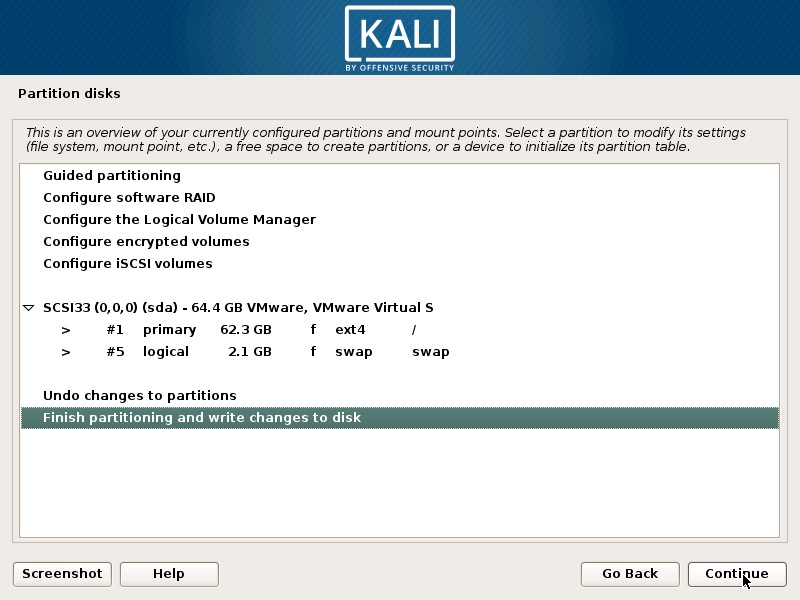

If the VM's performance isn't adequate & can't be improved, you may want to resort to dual-boot - but keep in mind that this is a risk to your system & the data on it. In your case, I don't know if the system resources will suffice, so I'd suggest you start with a VM & see how it performs, & try tweaking it as needed. All of the above when you're using a virtual network and nodes.Control of the system resources that the VM uses.Easy management of the VM for testing - including cloning, taking snapshots and backup.More security for host data host, as the VM can't access it unless you share it or vulnerabilities are exploited.Better isolation between your host and VM, so that the former isn't impacted by the latter.Possibility of not being able to use some of the hosting system's hardware features, as they may not be supported by the Virtualization platform.Requirement to have a virtualization solution (VMware, VirtualBox, etc.) on the host, which will also use a small portion of resources.Make sure 'cable connected' is selected and start up your Kali Linux Bam, you know have internet. Go back into the network settings on virtual box, make sure it says 'Nat' and below that click advanced settings. Less resources available for the VM, since the host OS will also require a good portion of these. SOLVED this issue on for myself on my macbook running Kali Linux.A small cost-benefit analysis of using a VM.

this way the network-interface inside the vm is the real one but the host system has no access to the dongle anymore (and thus no wifi).If you're using it on a system that you also use for work, a VM would be the safest approach. I cannot remember that I used bridged networking on a WiFi ever, but I assume that if the host sets up the WiFi-Connection (SSID, WPA, etc), you may connect the VM as bridged – but don't nail me on that.Īs far as I understand is that you want to have your host connected via cable and kali connected via wifi, is that correct? in that case I recommend you removing all virtual network interfaces and pass throug the usb-wifi-dongle.

Depending on the Address the network is asking for, the request gets delivered to the host or the vm.

"bridged" networking means, that your physical networkcard is able to use promiscuous mode, that means that a single connection can be used for multiple clients with their own ip-address each. The VM doesn't "see" your hardware-adapter (TP-Link) but a virtual interface (AMD PCNet FAST III by default). In the view of the virtual machine (kali in this case), the connection is always a wired one.


 0 kommentar(er)
0 kommentar(er)
